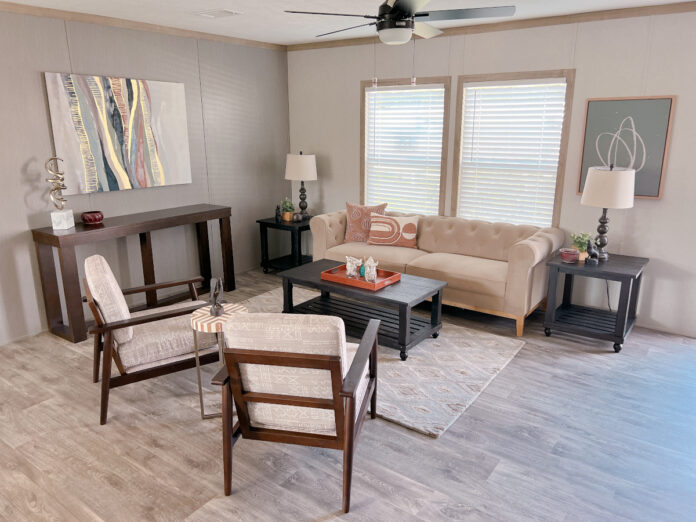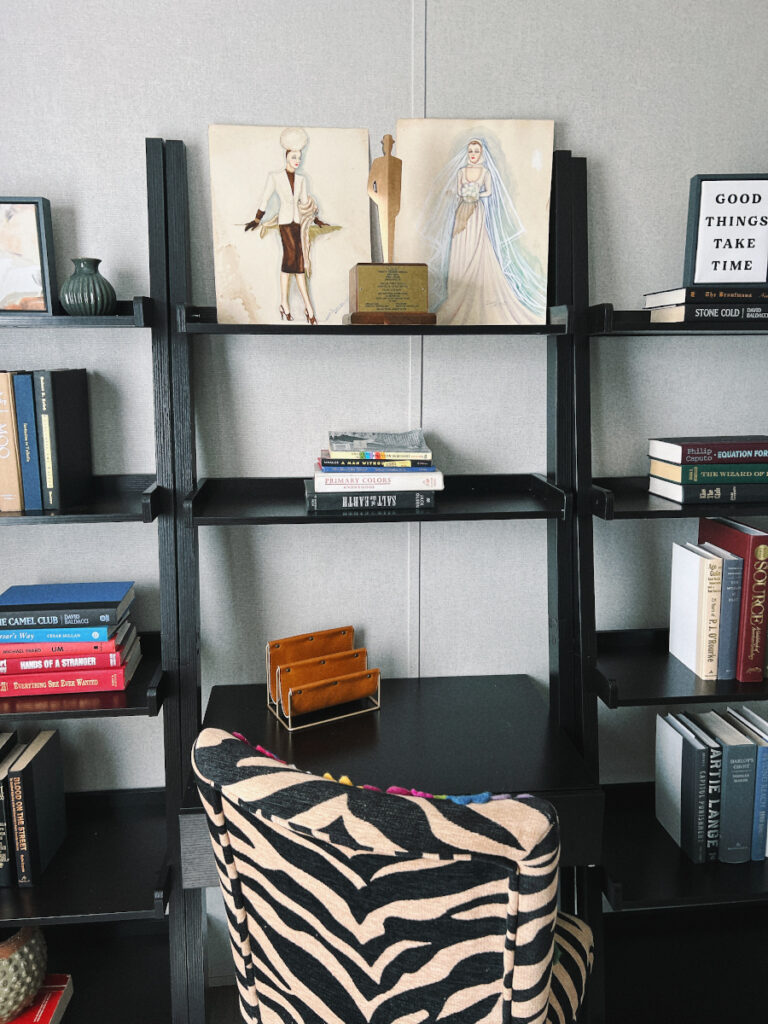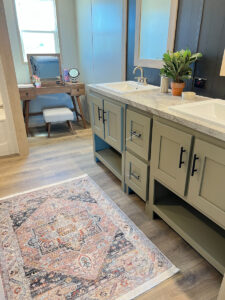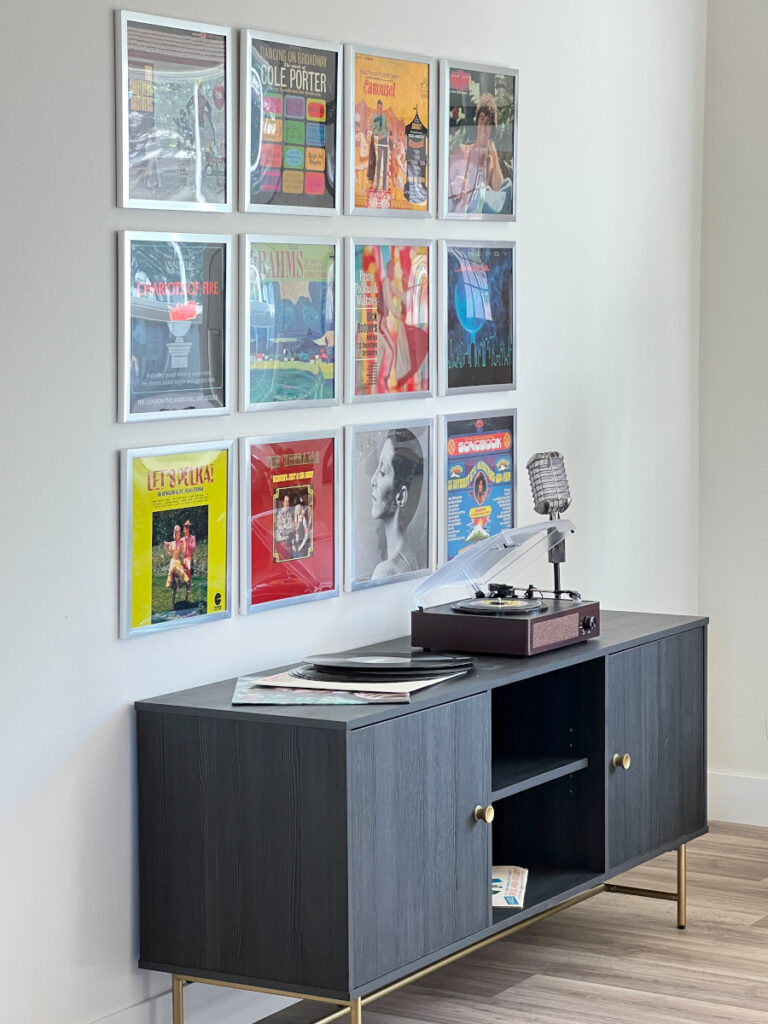
2024 Home Design Trends
Someone said recently that they were excited to have the housing market “get back to normal”. I didn’t have the heart to tell them that those days are long gone. With the rapid advances in technology, artificial intelligence, and how we receive information daily, those days are a memory. Reviews.org found that most people reach for their phones to check emails, TikTok, and texts over 144 times a day for over four hours and 25 minutes. It sounds like a lot, but that is less than two minutes per phone check.
When I started thinking about design trends and where the world is going, I thought a great place to start would be to ask the artificial intelligence source Chat GPT what it saw in its crystal ball.
This was the response…
“Interior design trends are constantly evolving, and new trends emerge each year based on various factors, including societal changes, technological advancements, and evolving design aesthetics.
“To stay up-to-date with the latest interior design trends for 2024, I recommend consulting interior design magazines, websites, and experts who regularly track and report on emerging trends in the field. You can also follow interior design influencers and professionals on social media platforms like Instagram and Pinterest to get a sense of what’s currently popular in the world of interior design. Additionally, visiting design shows and exhibitions can provide insights into upcoming trends in the industry.”
As a design influencer and professional who has visited quite a few design, building, and lifestyle-focused conferences this year, I have a lot to share. It has also been a great learning experience to have “LifeStyled” over 100 manufactured housing model homes this year. Being in homes hearing about what consumers think, and what their likes and dislikes are has been a huge advantage. Here are the trends I see being important as we move into 2024.
Artificial Intelligence vs Practical Knowledge
The design world is buzzing about artificial intelligence, and how it will impact the design community. As we found when we used Chat GPT to find design trends in the future, artificial intelligence can share what has been out there in the past, but can’t predict the future. There will still be a need for professionals who have had hands-on experiences with consumers and products to accurately predict where we will be heading into 2024 and beyond.
Where artificial intelligence can be useful is in designing new products. It is all about giving the right prompts and information to the service to be able to get something useful in return, and sometimes that doesn’t even work. MidJourney and other AI applications are a great way to try out new ideas or make mood boards without having the expense of designing a physical product.

Meaningful Design
The days of disposable incomes are long gone. Even if people are in the enviable position of having won the lottery, or otherwise having more cash than they need, consumers are thinking twice about how they spend. Are they likely to use that extra cash to buy a second home they can share with family and friends or to take that European vacation they have always dreamed about?
Meaningful design refers to the creation of products, services, or experiences that have a deep and significant impact on individuals and society. It goes beyond aesthetics and functionality to consider the emotional, cultural, and ethical dimensions of design. This will continue to be one of the top trends throughout the next decade.
In meaningful design, the focus is on addressing real needs and improving people’s lives. It involves understanding the context, values, and aspirations of the users or stakeholders and incorporating those insights into the design process. By doing so, designers aim to create solutions that resonate with people on a deeper level and evoke positive emotions or experiences.
Overall, meaningful design goes beyond surface-level aesthetics and functionality to create experiences that connect with people’s emotions, values, and aspirations, while addressing real needs and making a positive impact in the world.

Curated Collections
Maximalism is replacing that stark, minimalist look that we have been seeing the past few years. A word of caution — this is not an easy look to execute. More isn’t always better. What we see are carefully chosen objects that all relate and make a collection that is easy on the eyes. A mass of items that are pulled out of your warehouse just because they are paid for aren’t necessarily a collection, and is likely to turn off buyers.
Modern vs. Contemporary
Cold, contemporary spaces with white walls, abstract designs, and everything new are being replaced with modern spaces that can still have clean lines, but mix in warmer colors. Green, like living plants and similar warmth in the artwork, rugs, and accessories is bringing the natural world inside. The black and white farmhouse that we have seen for years is being replaced with a “Modern Farmhouse” that has warmer wood tones on floors and cabinets, adding texture, as well as furniture that you aren’t afraid to use.
Kitchen Colors
Color is back! In 2024, you will see a lot more colorful cabinets, countertops, and even appliances coming to a kitchen near you. An affordable way to use this trend in your homes is to add color with countertop appliances, pots, and linens. These are easily replaced but make your home on-trend.
Living Large in Small Spaces
Consumers are learning how to live in a smaller space without sacrificing their lifestyle of choice. The scale of furniture and accessories is critical to make a smaller space function well and not look crowded. The use of area rugs add color and anchors a space. Open-armed chairs, and sofas that show some leg are great ways to make a room more inviting. “Drink Tables” are replacing full-size end tables. Think about traffic flow when you are designing a room.
Separation of Space
With all of us working more at home, we have started to value our privacy more than ever. We create “Zoom Rooms” where the entire household doesn’t have to hear an online conversation, and where we can avoid the dog wanting to go out. We are seeing more study halls, too, that actually use a hallway to create a place for kids to do their homework or for a parent to create new Pinterest ideas.

Community Living
This is a huge growth area that our industry has owned for years, but site-built buyers and consumers are just now discovering the value of community living. There is an explosion in site-built “Build to Rent” communities where the homes most often are styled like townhomes with a narrow floorplan and at least three stories. There is little or no yard. A new community on a busy, noisy interstate highway in Dallas has four to six attached homes in each building and start at more than $3,000 a month. Our industry offers well-designed homes on a lot with no shared walls, no wasted spaces for stairs inside the homes, and a chance to own your own home while renting the lot. Which sounds like a better value and quality of life to you?
Precision Cooking
Consumers no longer settle for appliances that just turn on or off. They are looking for energy-efficient ways to cook that will extend the shelf life of their food. Consumers demand appliances that are affordable and functional. Appliance manufacturers are phasing out coil burners, and replacing them with glass top ranges that have come down in price and are more efficient. As we deal with global warming, having refrigeration that will keep the right temperature and humidity in them is critical. Beko Appliances just introduced HarvestFresh, which uses three-color technology to stimulate the daily sun cycle, preserving vitamins in fruits and vegetables, for a greater nutritional benefit and to keep produce fresh for up to 30 days.

Go Organic
We are reaching a tipping point where organic foods and products are the first choice of most consumers, and they aren’t shy about asking. People want to know what is in their food, and where it came from. Building products that are used in and outside our homes need to be eco-friendly, and we need to let consumers know that upfront. Low VOC (Volatile Organic Compounds) products are becoming a standard, and off-gassing is something that consumers have become increasingly aware of and worried about.
The manufactured housing industry has a huge opportunity in front of it in 2024 and beyond. Consumers are looking for better solutions, and we are poised to be their first choice for well-designed, affordable housing.









